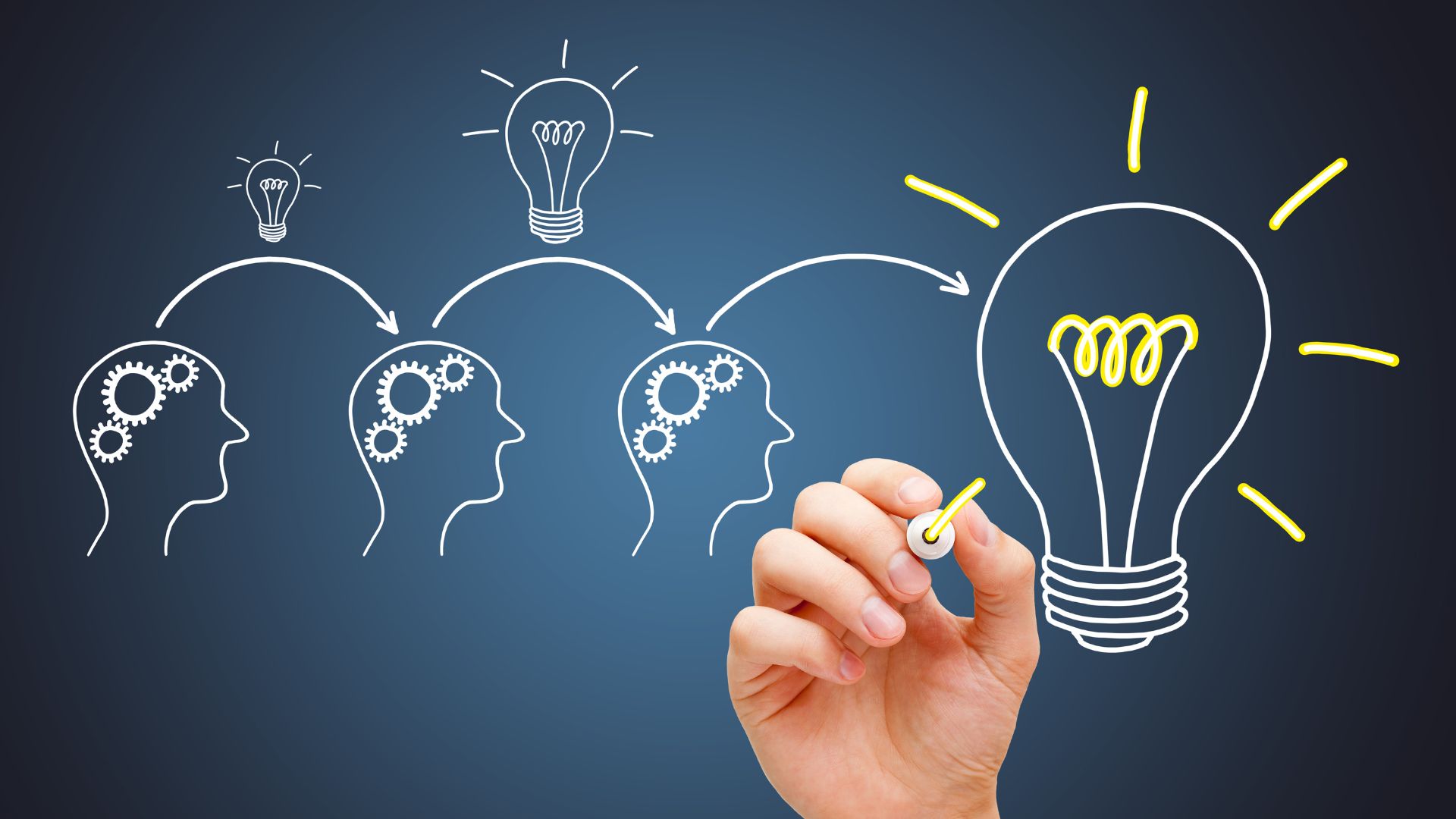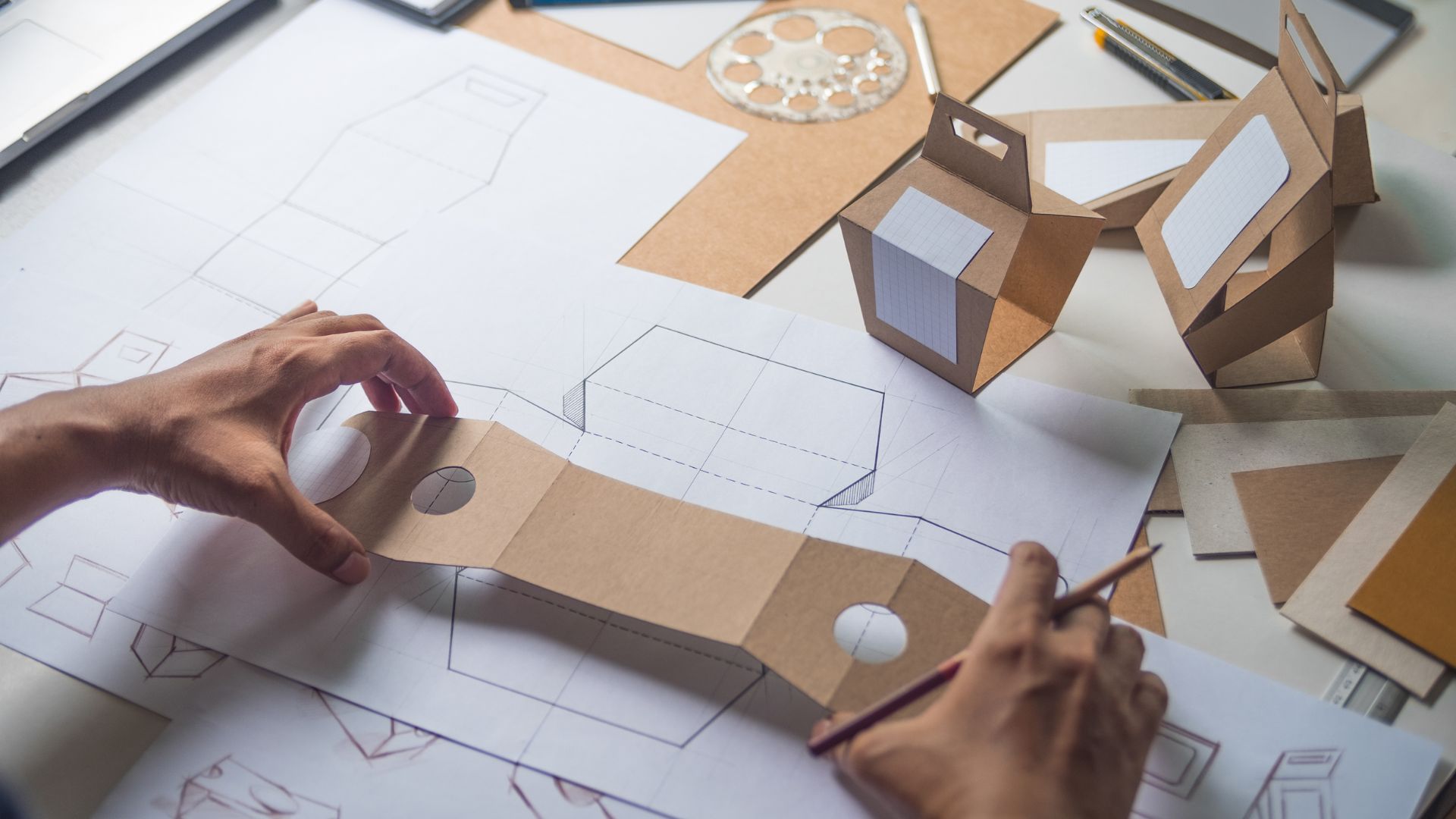Every year, nearly 30,000 new products burst onto the scene, as revealed by Clayton Christensen, an esteemed professor at Harvard Business School. Successful product launches can catapult your business to new heights, but they don't happen by chance. They require a well-structured, systematic approach. In this article, we'll explore the key stages of new product development for business owners to turn their innovative ideas into market-ready solutions.
Why Do Most New Products Fail?
Most products fail for various reasons, and understanding these can help businesses avoid common pitfalls in new product development. Here are some of the key factors contributing to product failure:

- Poor Market Understanding: Companies need to understand the target market's needs, preferences, and pain points to avoid developing products that do not resonate with customers.
- Lack of Differentiation: Products that fail to differentiate themselves from competitors often struggle to attract customers and stand out in crowded markets.
- Lack of Innovation: Failing to bring new and innovative features or improvements to the market can make a product less appealing compared to competitors.
- Timing and Market Fit: Launching a product at the wrong time or entering a market that is already saturated can significantly increase the risk of failure.
- Legal and Regulatory Issues: Failing to comply with regulations and legal requirements can result in product recalls, fines, and reputational damage.
- Inflexibility: Products that cannot adapt to changing customer needs or evolving market trends may become obsolete over time.
- Pricing Misalignment: Setting prices too high or low without considering market dynamics and customer perceptions can hinder product success.
- Design and User Experience Issues: Products with poor design, complicated user interfaces, or subpar user experiences can drive customers away and hinder adoption.
- Ineffective Marketing: Even a great product can only succeed if it is effectively marketed. A lack of marketing strategy or insufficient investment in promotion can lead to low visibility and poor sales.
New Product Development Stages
Let’s unravel the NPD stages and highlight each step's importance in an ever-evolving market.
Stage 1: Idea Generation
The first stage begins with idea generation. This involves brainstorming sessions, market research, and customer feedback to identify potential product ideas that align with your business goals and target market needs. Encourage creativity and collaboration within your team to generate a diverse range of ideas.

Stage 2: Idea Screening
Not every idea will be a winner. In this stage, business owners must evaluate the feasibility and potential of each idea. Consider factors like market demand, cost, technical feasibility, and alignment with your company's goals. It's essential to focus on ideas that align with your brand's mission and have the potential to solve real problems for your target audience.

Stage 3: Concept Development
Once you have shortlisted promising ideas, it's time to refine them into viable concepts. Create prototypes or concept designs to give stakeholders a tangible product vision. Define the features, benefits, and target audience. Assess each concept's feasibility, market demand, and potential profitability to narrow down your options.

Stage 4: Market Research
According to Gitnux, companies that invest significantly in research and development (R&D) tend to generate 45% more revenue than their competitors. Before investing significant resources, conduct thorough market research to validate your product concept. Identify your target market, understand their needs and preferences, and evaluate the competition. This research will provide valuable insights to refine your product and marketing strategy.
Stage 5: Product Design and Development
In this stage, your product starts taking shape. Create prototypes or mock-ups to visualize the final product and gather feedback from stakeholders. Think of Dyson's bagless vacuum cleaners, which went through over 5,000 prototypes before reaching the market. Collaborate with designers, engineers, and manufacturers to develop a functional and aesthetically pleasing product that meets quality standards or minimum viable product (MVP).

Stage 6: Testing and Evaluation
Pirms produkta palaišanas tirgū ir ļoti svarīgi pārbaudīt un novērtēt tā veiktspēju. Veiciet stingras pārbaudes, lai nodrošinātu funkcionalitāti, lietojamību un izturību. Apkopojiet atsauksmes no beta testētājiem un veiciet nepieciešamos uzlabojumus, lai uzlabotu vispārējo lietotāja pieredzi. Use quality assurance tools to streamline the testing process. The software quality assurance tools listed by Functionize can help find industry leaders specialized in optimizing testing efforts to achieve thorough, efficient results. This ensures the product meets high standards before launch, enhancing overall performance and reliability.
Stage 7: Marketing and Launch
With a solid product in hand, it's time to create a marketing strategy to generate awareness and excitement. Develop compelling messaging, identify suitable marketing channels, and create a launch plan. Leverage digital marketing techniques, such as social media and content marketing, to reach your target audience effectively. Ensure all teams are aligned and ready to handle customer inquiries, feedback, and potential issues. A successful launch is not just about the product itself but also about the customer experience surrounding it.
Stage 8: Post-Launch Evaluation
Even after the successful launch, the journey doesn't end. Continuously monitor sales, customer feedback, and market trends to evaluate the product's performance. Identify areas for improvement and develop strategies to enhance customer satisfaction and drive repeat purchases.
Conclusion
In conclusion, new product development is a multifaceted process that demands careful planning, creativity, and relentless dedication. Business owners who embrace these key stages can increase their chances of creating successful, market-ready products that can drive growth and secure their place in today's competitive business landscape. Remember, innovation is a continuous process, so stay agile, listen to customer feedback, and adapt your product strategy accordingly.

